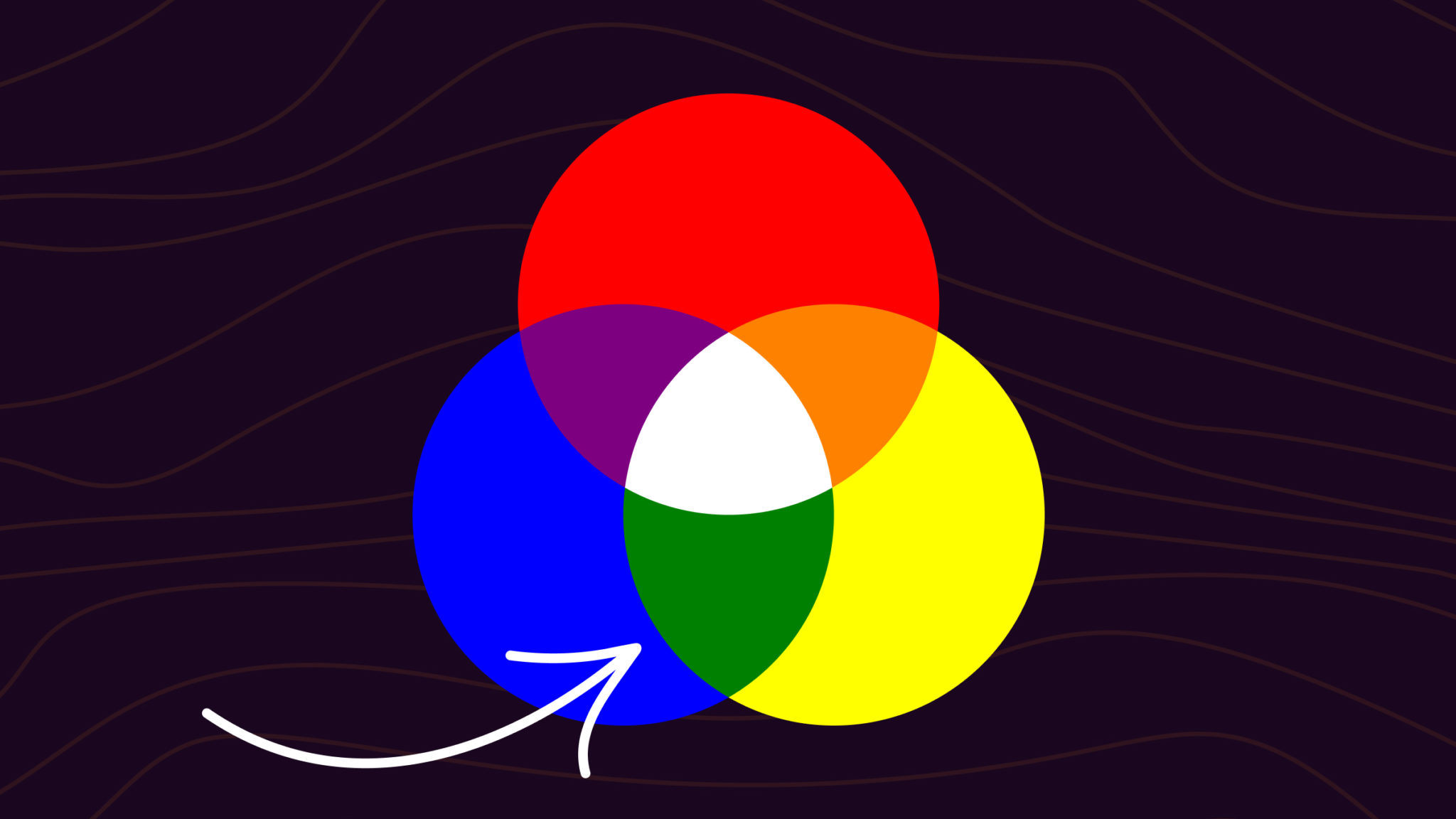From creating a tranquil bedroom atmosphere to adding a touch of depth and drama to the living room, green is an incredibly versatile color.
It offers a wide range of soft, calming tones in addition to rich, classic colors. Make a dramatic statement with a jade or malachite green that contrasts stunningly with other jewel tones. Alternately, you can use a traditional shade like hunter green, which exudes elegant elegance, especially when accented with classic millwork and molding.
While there are endless variations of green that you can purchase, you also have the option to go DIY and make your own personalized green color.
What Colors Make Green?
The green color, in its simplest form, is actually quite easy to produce. You can create the color green with just two other colors—the primary colors yellow and blue. By adjusting the proportion of yellow to blue or by including additional colors, you can alter the hue or temperature of green. The initial hue of yellow and blue you combine will also affect the final result.
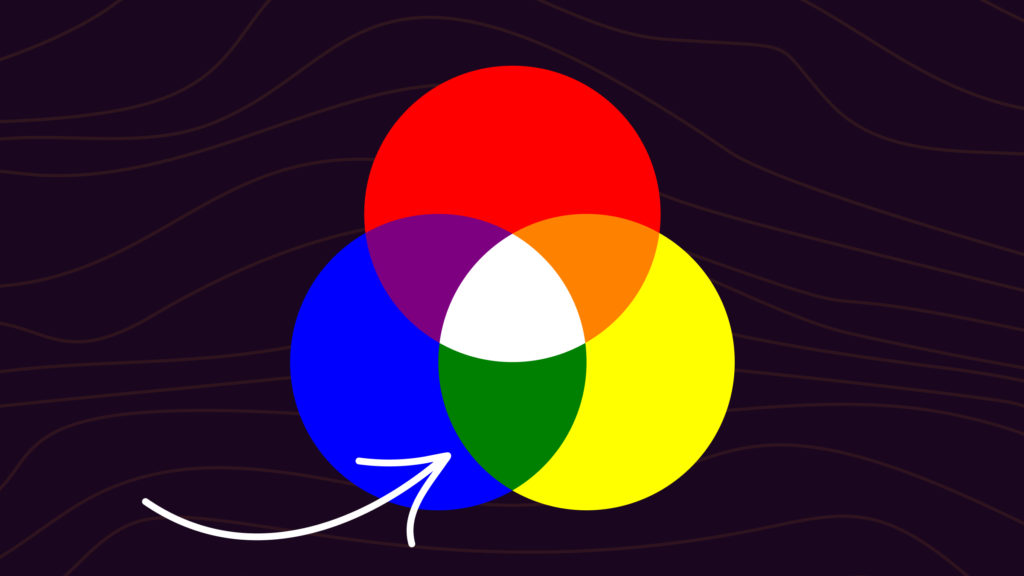
Start by blending very basic forms of blue and yellow. Consider matching the primary colors for blue and yellow, which are located at the very bottom and top left, respectively, on the color wheel. To obtain a nice medium shade that is comparable to the green found on a color wheel, you might need to experiment a little with the ratio.
If you want to play about with your shades without introducing new colors, you can try a bit less yellow than blue for a colder, darker version of green, or a little less blue for a warmer, lighter variation.
Making Specific Types of Green Color
Olive-Green
Olive green takes its name from the modest but potent green olive fruit, which is beloved worldwide for its beneficial qualities and mouthwatering flavor. The term “olive drab” describes a certain kind of fabric.
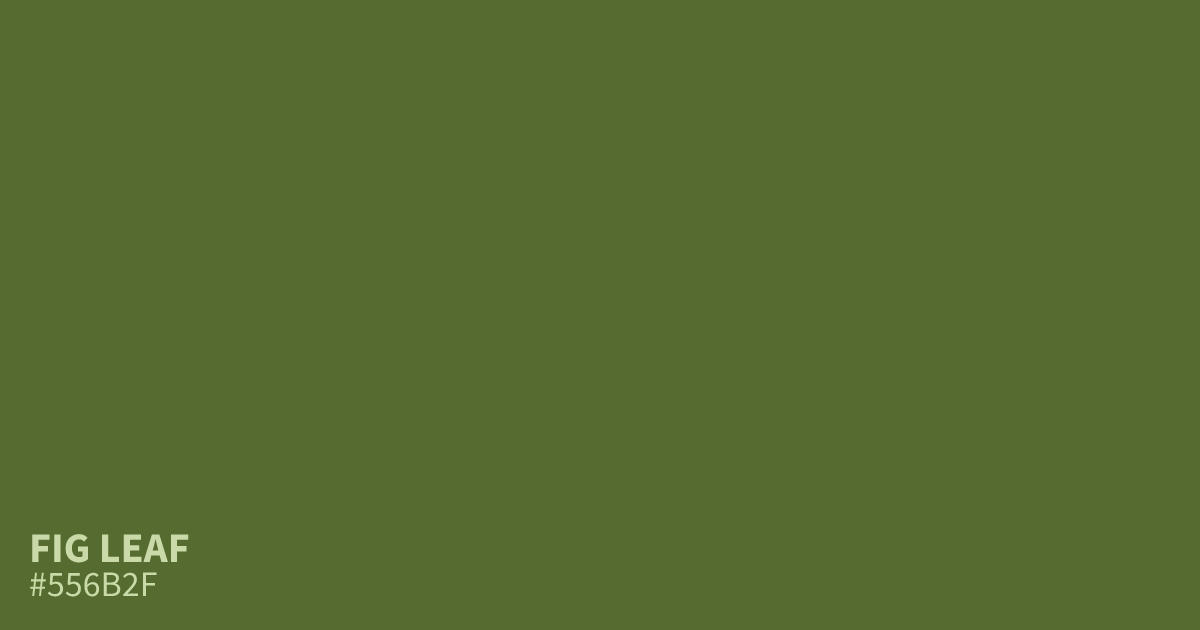
Instructions:
To create olive green, start with a medium green that has already been blended, such grass green. Make a basic green first if necessary by combining Ultramarine Blue and Cadmium Yellow.
Next, add a tiny bit of warm, pure yellow, like Sand or Ochre, to the green. This will give the green an earthy, slightly brown tone. Finally, you can add a tiny quantity of dark purple to the mixture to darken the green to a richer shade of olive. Add a little extra yellow to the finished product to make it warmer or darker if necessary. If you want to make the tint lighter, you may also add a touch of white to the mixture.
Yellow-Green
A common representation of yellow green is a warm, bright green with a faint neon undertone. This hue can be used to symbolize the tender spring foliage of trees, plants, and flowers. Compared to Spring Green or Leaf Green, this form of green is generally lighter and warmer.
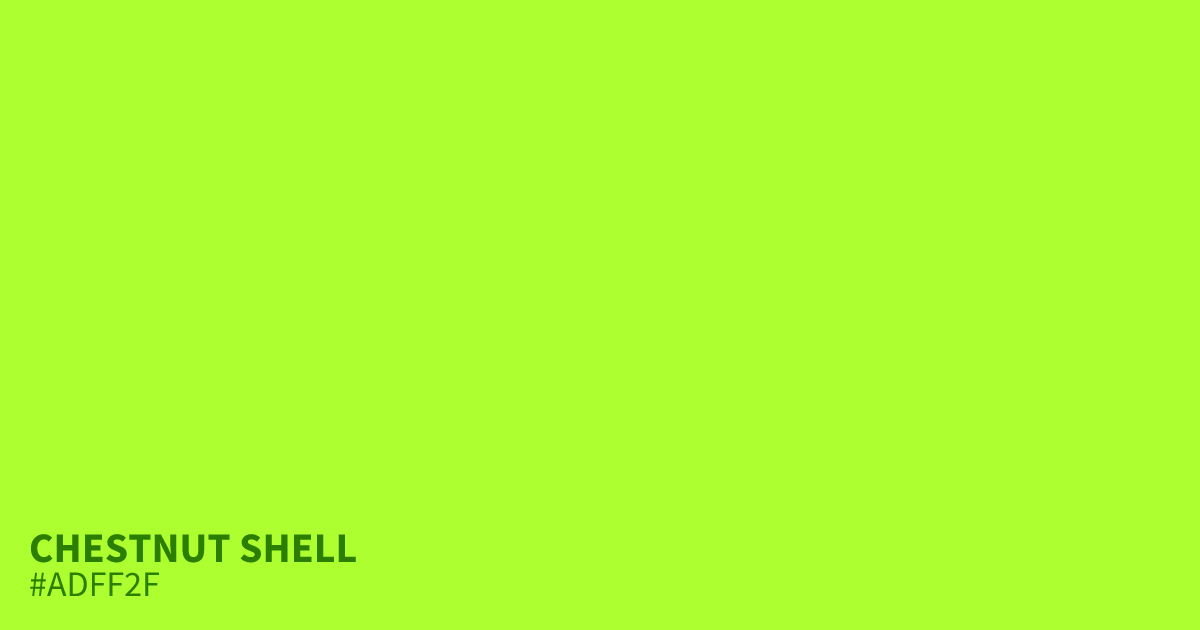
Instructions:
Start by combining a cold yellow (like Lemon Yellow or Cadmium Yellow) with a dark or medium warm blue (like Cobalt or Ultramarine Blue). Make sure to use less blue than yellow. Then, to enhance brightness, you might want to add a dash of white to the mixture.
To complete the shade’s depth, you may add a tiny bit of orange or red. Try a medium bright orange for orange, such Tiger or Cadmium Orange, and Wine, Crimson, and Garnet for red. Use the red or orange just seldom since they have a tendency to dominate the palette.
Lincoln-Green
Lincoln Green is a striking shade of medium green that was named after an area of England which produced colored woolen cloth during the Middle Ages. This color is between Grass Green and Forest Green in terms of darkness.
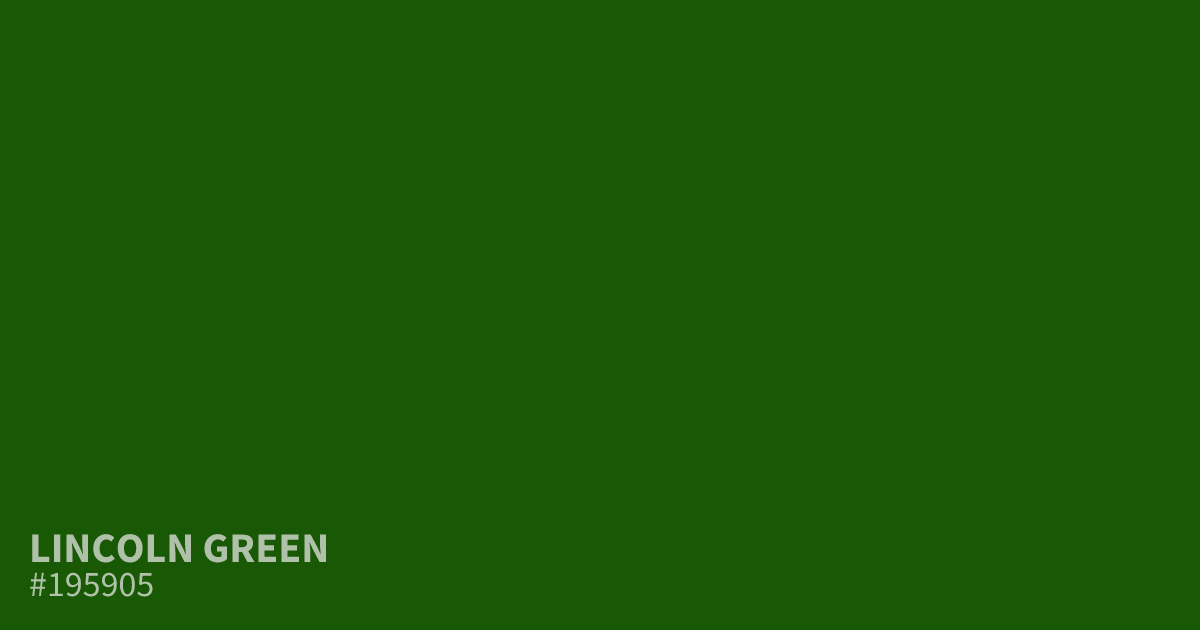
Instructions:
Mix a warm, medium blue—such as Light Turquoise or a Cyan—and a warm, medium yellow—such as Dandelion or Canary—to make this shade of green.
If the results are too warm or bright, throw in a very small amount of black to dull the color and get a more genuine Lincoln Green. As an alternative, you could substitute the black with some dark, cool blue (Midnight Blue would be a good choice).
Forest-Green
This is a shade of cool, deep green that is suggestive of evergreen. There are numerous techniques to get a dark, authentic-looking green to portray the forest.
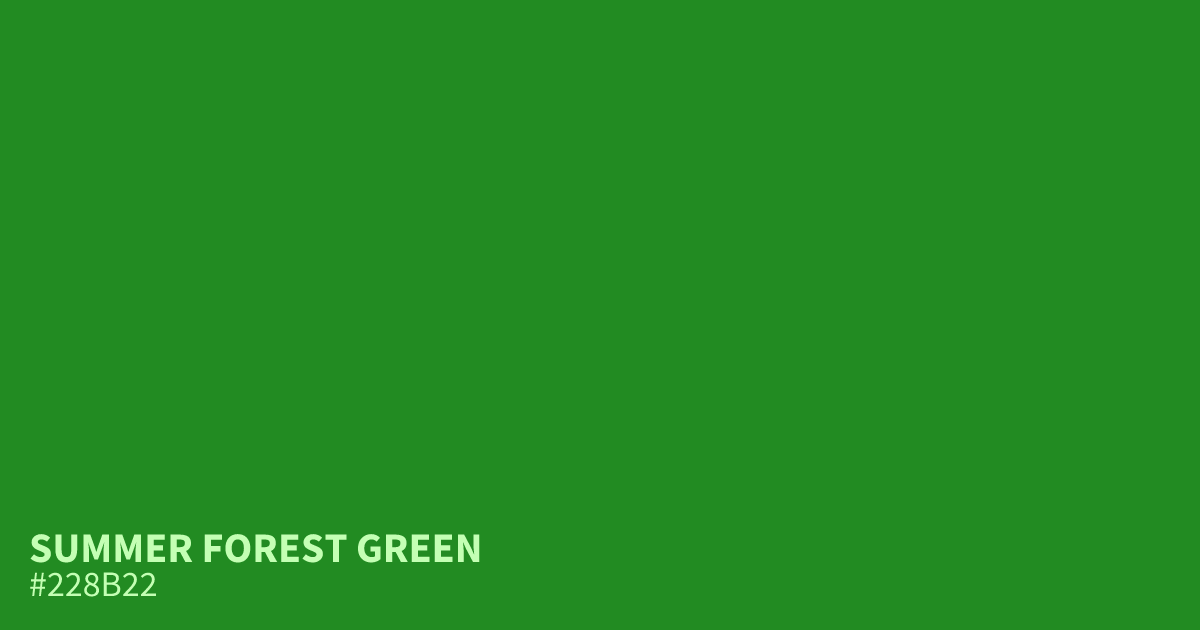
Instructions:
As a rule of thumb, adding a touch of blue or black to a medium green like Grass Green, Lincoln Green, or Kelly Green will produce Forest Green.
When combined with Kelly Green, Royal Blue creates a dark, subdued green that is reminiscent of pine needles.
A little of black can be added to this mixture to make it darker.
Alternately, you may achieve a shade of forest green by adding a touch of reddish brown or crimson to a green base. In addition, a very deep dark green may be made by mixing black with any brilliant, medium yellow.
Pastel-Green
This is a delicate, pastel shade of emerald. Pastel Green, like with all others in the pastel family, was given its name because of the pioneering use of pastel crayons in the late 1600s.
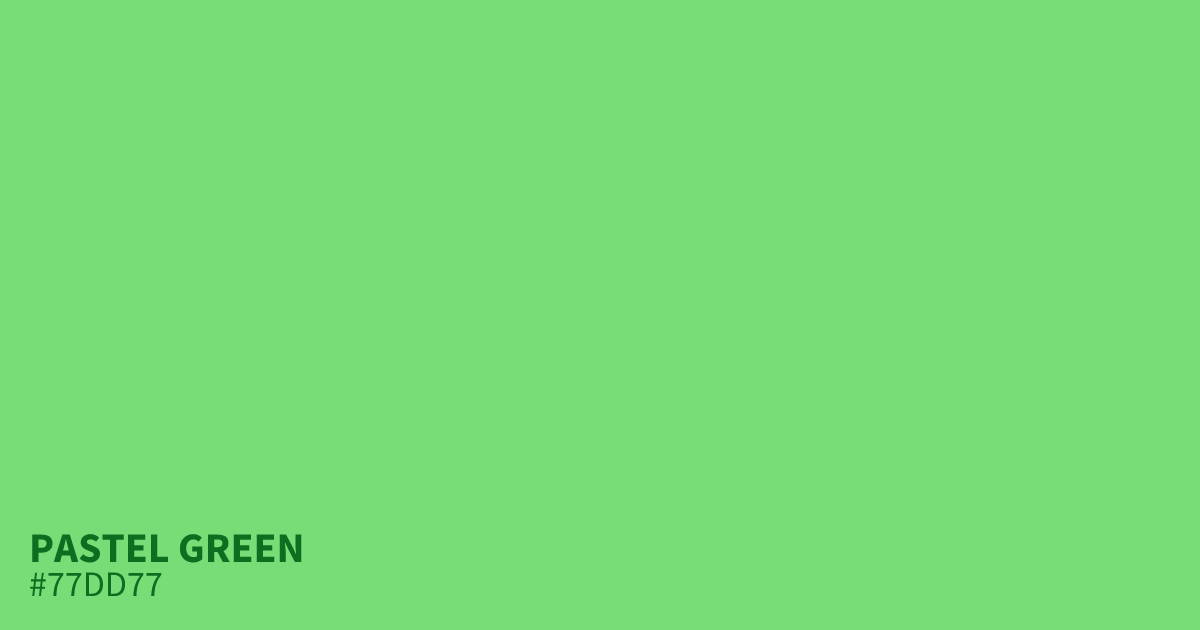
Instructions:
A cool-toned dark or medium paint color is a good place to start when trying to create a Pastel Green. Blue-greens like emerald and jade make for fantastic base colors. Any hue of green may be made into a pastel by mixing in tiny quantities of white.
If your Pastel Green is coming out too blue or chilly in tone and you want to get a color more akin to a pale Kelly Green, try adding some light yellow (Pastel Yellow, for instance), to the mix. Add a little of a light blue, like Light Aqua or Mint, to your Pastel Green if you find that it’s taking on a too warm tone.
Wrapping Up
It is clear that the color green may be produced in a broad variety of methods, and that green itself comes in many different tones. Try with several variations of the available greens, or use the guidelines provided to develop your own unique palette.
Whatever artistic endeavor you have in mind, we hope you’ve discovered some inspiring color combinations and design ideas here to try out.
